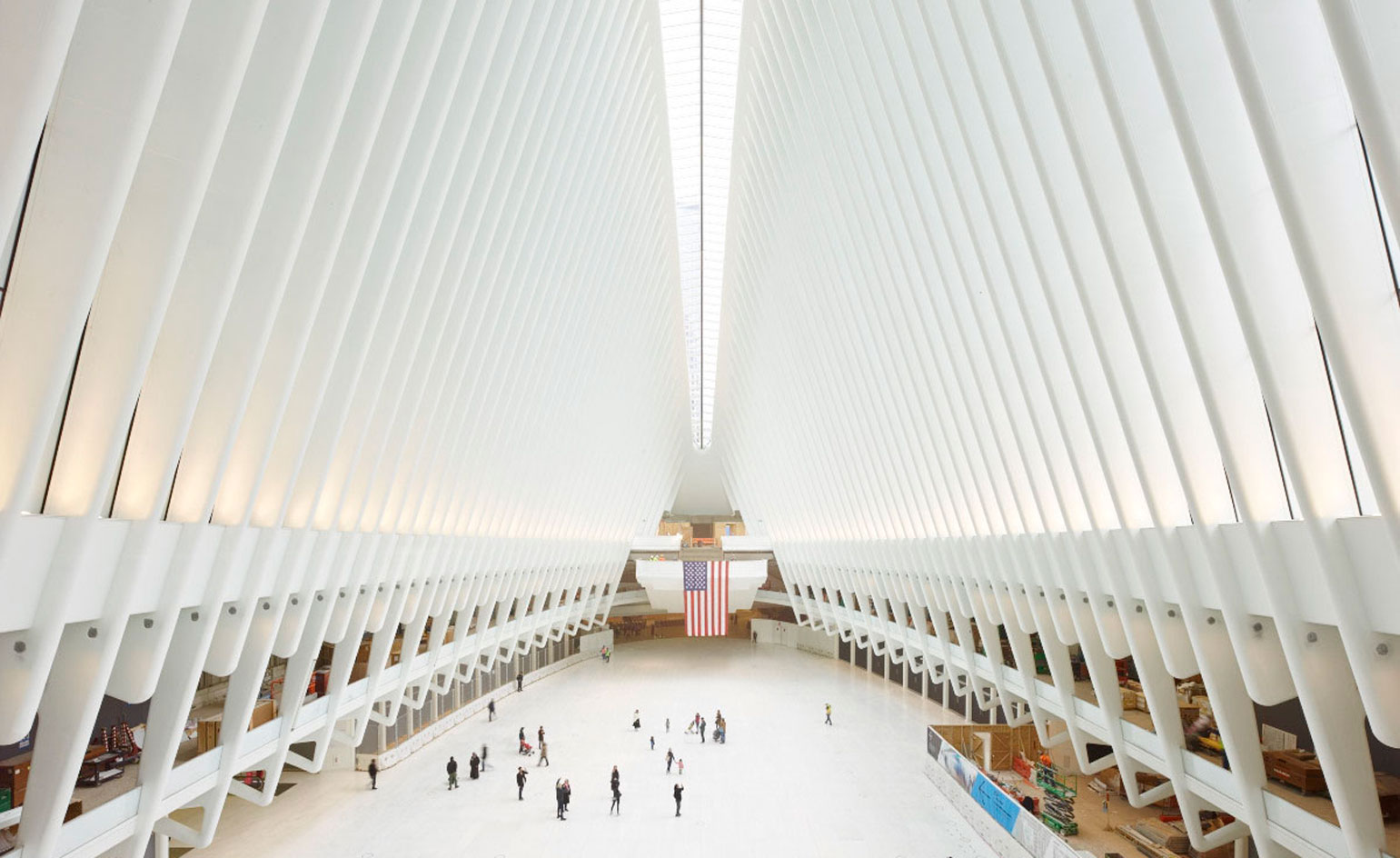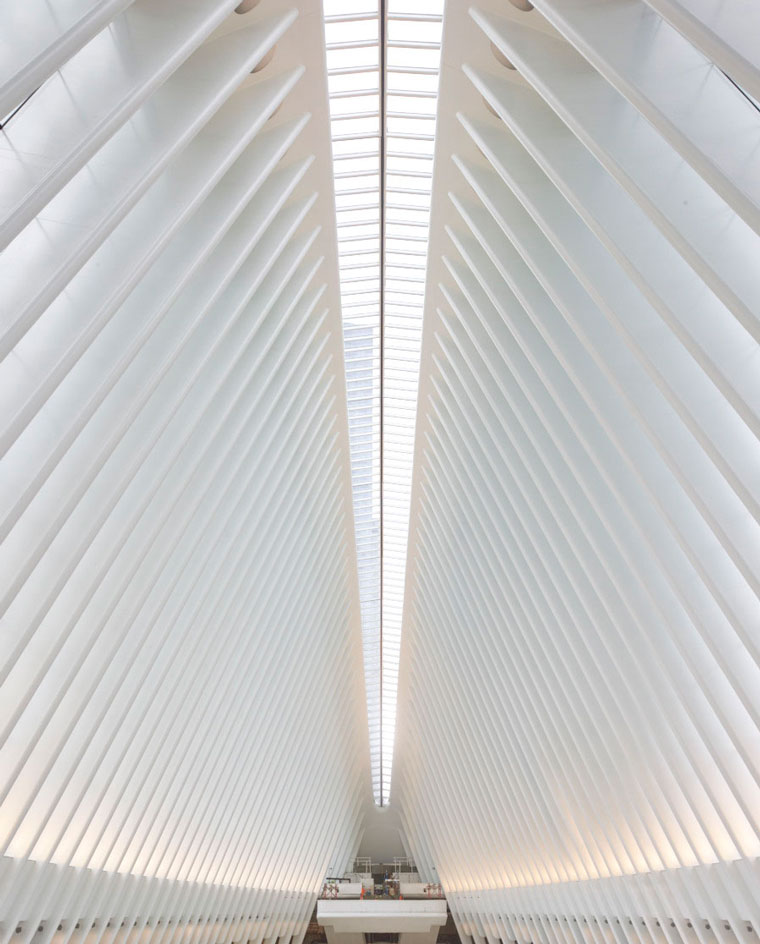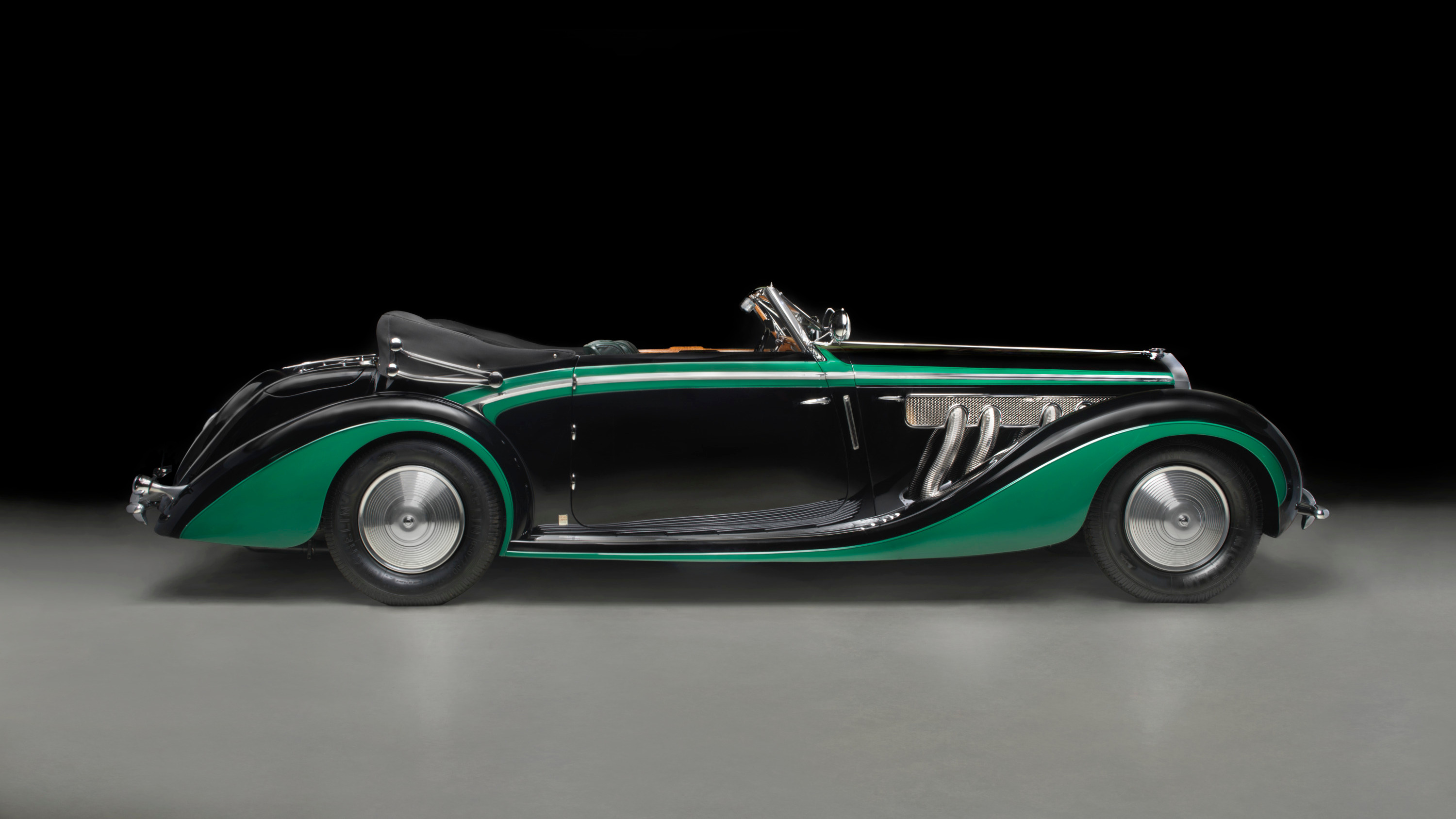Station masters: pulling into New York, London and Budapest’s hottest hubs

A slick commute is crucial in getting the day off to a good start, and a well-designed station is an integral part of this journey. It’s no surprise, then, that infrastructure is such a hot topic, especially in densely populated urban centres such as New York, where the World Trade Center Transportation Hub, designed by Santiago Calatrava, has just opened. The Spanish/Swiss architect’s sleek and sinuous structure replaces the Port Authority Trans-Hudson rail system destroyed in the September 2001 attacks. Located just to the east of the original World Trade Center Twin Towers, the revamped hub will now feature an added connection to subway trains.
But Calatrava aimed for the structure to be far more than a practical, much-needed interchange for pedestrian pathways, subways and rail lines; featuring one of the architect’s trademark wing-shaped designs, it is also a glorious public space with a generous, light-filled central hall. Dubbed the Oculus and made of slender steel ribs and strips of glass, the arched structure soars above the vast column-free hall and then extends outwards to form two canopies to the north and south of the main hub, protecting parts of the surrounding plaza. A 330ft-long skylight along the roof’s main axis brings sunlight in, and can be opened to increase ventilation on warm summer days. The building’s overall form may be summed up, according to Calatrava, ‘by the image of a bird released from a child’s hands’. At night, the structure is illuminated from within, becoming a sculptural urban lantern.
Meanwhile, on the other side of the Atlantic, one of the most impressive infrastructure works in recent years is now under construction in London. Crossrail, which will link the city’s east and west in a matter of minutes, is not due to be completed until 2020, but, at interchange station Tottenham Court Road, two glass pavilions by Stanton Williams are swiftly taking shape. Lit up at night, they lead down to a new entrance adorned with the work of French artist Daniel Buren.
Budapest’s metro system boasts a new set of sculptural spaces too, courtesy of local practice Spora Architects. Featuring a striking lattice of concrete beams, the twin stations of Szent Gellért tér and Fővám tér are part of the city’s plans to connect South-Buda and the city centre of Pest. Ten more stations are currently in the pipeline in the Hungarian capital.
As originally featured in the June 2016 issue of Wallpaper* (W*207)

Calatrava’s central hall for the WTC comprises a series of steel arches topped by a 330ft skylight

Made of slender steel ribs and strips of glass, the arched structure soars above the vast column-free hall and then extends outwards to form two canopies to the north and south of the main hub
INFORMATION
For more information, visit Santiago Calatrava’s website
Photography: Nikolas Koenig
Receive our daily digest of inspiration, escapism and design stories from around the world direct to your inbox.
Ellie Stathaki is the Architecture & Environment Director at Wallpaper*. She trained as an architect at the Aristotle University of Thessaloniki in Greece and studied architectural history at the Bartlett in London. Now an established journalist, she has been a member of the Wallpaper* team since 2006, visiting buildings across the globe and interviewing leading architects such as Tadao Ando and Rem Koolhaas. Ellie has also taken part in judging panels, moderated events, curated shows and contributed in books, such as The Contemporary House (Thames & Hudson, 2018), Glenn Sestig Architecture Diary (2020) and House London (2022).
-
 At last: a London hotel that’s great for groups and extended stays
At last: a London hotel that’s great for groups and extended staysThe July London Victoria, a new aparthotel concept just steps away from one of the city's busiest rail stations, is perfect for weekends and long-term visits alike
-
 Three new smartwatches showcase new frontiers in affordable timepiece design
Three new smartwatches showcase new frontiers in affordable timepiece designLong may you run: smartwatches from Withit, Kospet and OnePlus favour function and value above all else, demonstrating just how much the smartwatch has evolved in recent years
-
 Debuts, dandies, Demi Moore: 25 fashion moments that defined 2025 in style
Debuts, dandies, Demi Moore: 25 fashion moments that defined 2025 in style2025 was a watershed year in fashion. As selected by the Wallpaper* style team, here are the 25 moments that defined the zeitgeist
-
 A new American airline hopes to bridge the worlds of private aviation and business class
A new American airline hopes to bridge the worlds of private aviation and business classMagnifica Air’s Airbuses have acres of space, private suites and white-glove treatment for your precious luggage, coming soon to a route near you
-
 Our pick of the reveals at the 2025 New York Auto Show, from concept SUVs to new EVs
Our pick of the reveals at the 2025 New York Auto Show, from concept SUVs to new EVsInterest in overseas brands remained strong at this year’s NY Auto Show despite the threat of tariffs designed to boost American-owned brands
-
 A new show in Saint Louis promises a rare combination of art, cars and elegant fashion
A new show in Saint Louis promises a rare combination of art, cars and elegant fashion‘Roaring: Art, Fashion, and the Automobile in France, 1918-1939’ celebrates a golden age of creativity, showcasing ten unique cars alongside the cream of the era’s style
-
 Meet the final drivable prototype of the Telo MT1 pickup truck, shaped by Fuseproject
Meet the final drivable prototype of the Telo MT1 pickup truck, shaped by FuseprojectThe Telo MT1 is a modestly scaled EV that turns the traditional all-American approach to pick-up truck design on its head
-
 Airstream goes all-electric with a travel trailer designed for zero-emission off-grid exploration
Airstream goes all-electric with a travel trailer designed for zero-emission off-grid explorationThe new Airstream Basecamp 20Xe travel trailer offers spacious accommodation and a full suite of facilities, wherever you decide to set up camp
-
 New Polydrops P21 is a travel trailer with an architectural backstory
New Polydrops P21 is a travel trailer with an architectural backstoryStreamlined and ultra-compact, the Polydrops P21 is a self-contained RV aimed at remote workers and energy-efficient adventurers
-
 Are these the most luxurious Land Rovers ever? Welcome to the refined world of Helderburg
Are these the most luxurious Land Rovers ever? Welcome to the refined world of HelderburgEast Coast Land Rover specialists Helderburg are committed to the very best, transforming the classic British utility vehicle into bespoke individual creations
-
 Revived Scout Motors reveals two all-electric utility vehicle concepts
Revived Scout Motors reveals two all-electric utility vehicle conceptsAs Scout throws the covers off its debut Traveler SUV and Terra truck concepts, Wallpaper* speaks to its chief design officer Chris Benjamin about the reborn brand